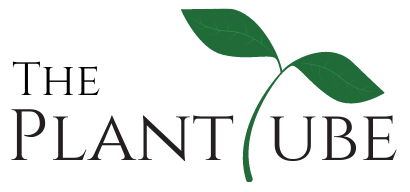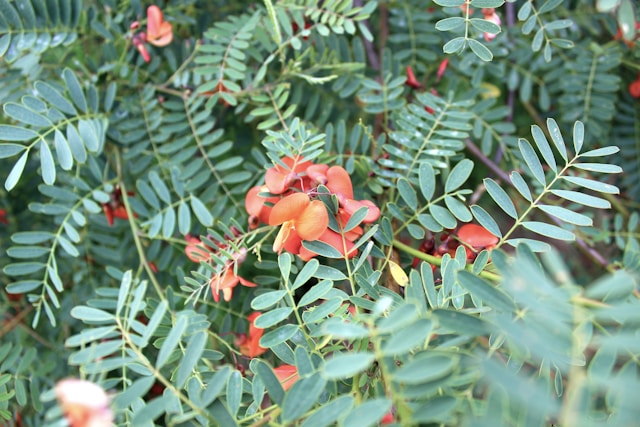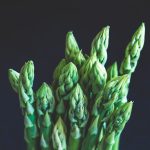Introduction: Why Sesbania Sesban Deserves Attention
Did you know that Sesbania sesban, a fast-growing leguminous shrub, is not only valued in traditional medicine but also plays a vital role in sustainable agriculture?
Commonly known as river bean or Egyptian rattlepod, this plant grows in tropical and subtropical regions and has been used for centuries for its nutritional, medicinal, and ecological benefits.
From boosting soil fertility to offering herbal remedies, Sesbania sesban is a powerhouse plant worth learning about.
Table of Contents
What is Sesbania Sesban?
Sesbania sesban is a small tree or shrub belonging to the Fabaceae family. It is widely cultivated in Asia, Africa, and the Middle East for its ability to fix nitrogen in the soil, making it an excellent choice for farmers practicing eco-friendly agriculture.
The plant can grow up to 7 meters tall and thrives in humid, waterlogged areas, often used as fodder, green manure, and even in traditional herbal medicine.
Nutritional Profile of Sesbania Sesban
The leaves, flowers, and seeds of Sesbania sesban contain bioactive compounds that contribute to its therapeutic potential. Studies suggest that the plant is rich in:
- Flavonoids and tannins – known for antioxidant properties
- Alkaloids – with potential medicinal uses
- Proteins and essential amino acids – supporting nutrition
- Saponins and phenolics – contributing to antimicrobial effects
These compounds make it a natural candidate for use in both traditional healing and modern herbal research.
Medicinal Benefits of Sesbania Sesban
Traditional Healing Uses
In Ayurveda and folk medicine, Sesbania sesban has long been valued for its healing properties. Its leaves, bark, and seeds are often prepared as decoctions, powders, or topical applications.
Key Health Benefits
1. Anti-inflammatory Properties
Extracts of Sesbania sesban leaves and seeds have been studied for their ability to reduce inflammation. Traditional healers often prepare leaf pastes or decoctions to manage swelling and arthritis.
Modern research supports these uses, showing the presence of flavonoids and saponins that inhibit inflammatory enzymes.
This makes it a potential natural option for managing conditions like joint pain, rheumatism, and muscle soreness.

2. Supports Liver Health
The hepatoprotective properties of Sesbania sesban are well-documented in herbal medicine. In Ayurveda, decoctions made from the leaves are prescribed to cleanse the liver and improve bile flow.
Animal studies suggest that extracts may help protect liver cells from damage caused by toxins, alcohol, or oxidative stress. This positions the plant as a supportive herbal remedy for liver detoxification and overall metabolic health.
3. Antimicrobial and Antifungal Activity
Compounds such as tannins and alkaloids found in the plant exhibit broad-spectrum antimicrobial activity. Traditionally, leaf and bark extracts have been applied to skin infections, while seed preparations are used to treat intestinal parasites.
Studies confirm its inhibitory effects on common pathogens, making Sesbania sesban an important candidate in the development of natural alternatives to synthetic antibiotics.
4. Digestive and Gut Health Aid
In folk medicine, the leaves are boiled and consumed as a mild laxative to relieve constipation. The plant’s saponins and fiber content help regulate bowel movement and promote gut health.
Some reports also suggest that small doses may assist in reducing stomach acidity and easing indigestion, offering a gentle and natural solution for maintaining a healthy digestive system.
5. Wound Healing and Skin Health
Poultices made from the crushed leaves of Sesbania sesban have been used traditionally to heal cuts, burns, and insect bites.
The plant’s antioxidant compounds accelerate the wound-healing process by supporting collagen synthesis and reducing infection risk. In rural communities, the plant is also used as a natural antiseptic wash for skin injuries, highlighting its importance as a first-aid herbal remedy.
6. Emerging Benefits in Diabetes Management
Though not traditionally recognized for blood sugar control, modern studies have started exploring the anti-diabetic potential of Sesbania sesban.
Early findings suggest its extracts may help regulate glucose metabolism and improve insulin sensitivity, offering promise for future use in natural diabetes management.
For more scientific insights, you can explore research publications on NCBI.
Agricultural Importance of Sesbania Sesban
Aside from its medicinal uses, Sesbania sesban plays a crucial role in sustainable farming. Farmers often plant it as:
- Green manure – improving soil fertility by fixing nitrogen
- Fodder crop – providing nutritious feed for livestock
- Erosion control – protecting riverbanks and farmlands from soil loss
- Agroforestry species – enhancing biodiversity and soil health
Its fast growth and ability to thrive in poor soils make it a reliable crop for eco-friendly agriculture.
Sesbania Sesban in Modern Research
Recent studies highlight the pharmacological potential of Sesbania sesban. Research shows its extracts may have antioxidant, anti-diabetic, and even anti-cancer activities, though more clinical trials are needed. This growing scientific interest positions Sesbania sesban as a promising plant in natural medicine.
How to Use Sesbania Sesban Safely
While Sesbania sesban offers multiple benefits, it should be used with caution. Some parts of the plant may contain compounds that are toxic in large amounts. It is always recommended to:
- Consult a qualified herbalist or healthcare professional before use
- Use only standardized extracts or preparations when available
- Avoid self-medicating, especially during pregnancy or for chronic illnesses
Conclusion: A Plant with Multiple Benefits
Sesbania sesban is more than just a shrub—it is a medicinal plant, a soil enricher, and a source of nutrition for communities and livestock. Its wide range of uses, from traditional healing to modern herbal research, makes it a valuable resource for both health and agriculture.
If you are passionate about learning more natural remedies and sustainable plants like Sesbania sesban, explore additional resources on PlantVillage or continue reading related posts on The Planttube Blog.
Call to Action
Interested in discovering more about medicinal plants and their benefits? Stay connected with The Planttube Blog for expert insights, easy-to-follow guides, and science-backed information on herbal remedies and natural health. Don’t forget to share this post with others who want to explore the wonders of Sesbania sesban!








